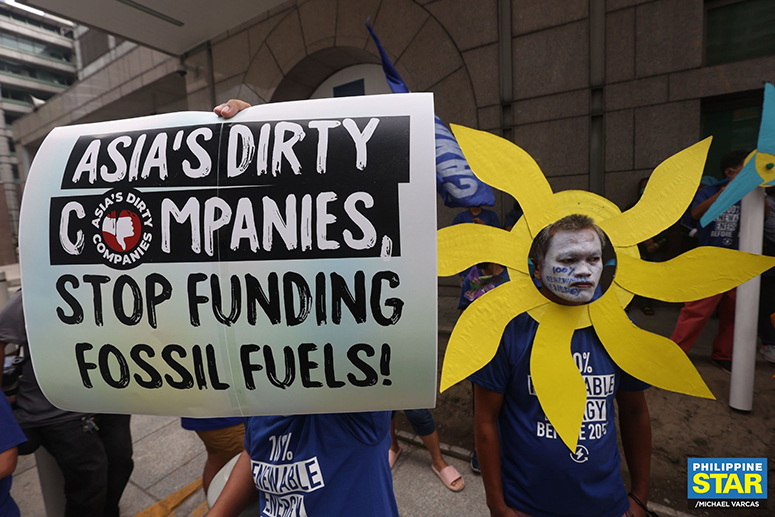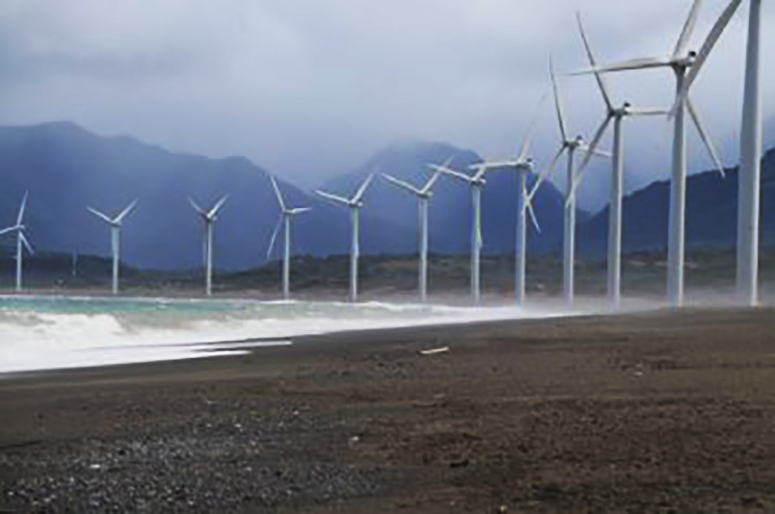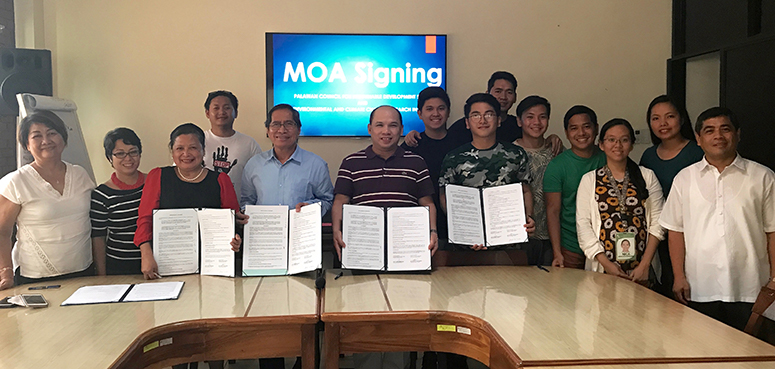We’re racing against time to reverse the tide

Climate change has been identified as a “threat multiplier” by different sectors of society — government agencies, scientists, researchers, educators, civil society organizations, non-government organizations — all across the world. It has the potential to intensify drivers of uncertainty and insecurity — food, energy, water, infrastructure, biodiversity, and our human presence on earth. As climate change worsens, perilous weather events such as droughts, tropical cyclones, heat waves, extreme rainfall and rising sea levels will become more relentless and frequent. This trend is only expected to continue under a changing climate.
Diverse mitigating measures, adaptation strategies and climate engineering approaches are being done to diminish the cataclysmic impacts and risks of climate change. In addition, strategic action plans, policies prioritizing resources, and resilient and sustainable practices are also being implemented by many countries to cope with the effects of a climate gone haywire. Still, despite these innumerable schemes and initiatives, the threat of climate change will continue to afflict our generation and the next.
What kind of society would we have if we didn’t have climate change?
According to the Special Report on Climate Change and Land by the Intergovernmental Panel on Climate Change (IPCC), about 21–37% of total greenhouse gas (GHG) emissions are attributable to the food system — from agriculture and land use, and the storage, transport, packaging, processing, retail, and consumption of food. This estimate includes emissions of 9–14% from crop and livestock activities within the farm gate and 5–14% from land use and land-use change including deforestation and peatland degradation; and 5–10% from supply chain activities. The approximation includes GHG emissions from food loss and waste.

If there were no emissions of greenhouse gases, it would mean basic stability in food security. The agricultural calendar would not have to be adjusted because farmers would know the rhythm and regularity of the harvest seasons. There would be no crop losses in the major food-producing areas in the land. Excess produce in every region would prevent food price escalations. The number of crops used for human consumption would no longer have to compete with the production of animal feeds and biofuels, and the prevalence of pests and diseases affecting food production in many regions could be more regularly monitored. All these offer the basic assurance that most households would continue to have the ability to purchase food and are spared the adverse economic impacts of an undependable climate.
The dramatic increase in temperature has forced us to invest in expensive new energy generation and distribution infrastructure, when the money could have gone to the more basic needs of humanity such as food, shelter, health and education.
For water security, a climate-stable world means there would be no intensifying competition for water among nations and peoples. In many regions, hydrological systems that might affect the quality and quantity of water resources need not be altered, because no major changes in precipitation will happen. Water risks would not increase drastically in the different regions, and imposing water demand caps would be unnecessary with abundant water everywhere, which also assures more efficient irrigation technologies. Farmers no longer need to plant water-efficient and drought-resistant crops to cope with rising temperatures.

The IPCC also mentioned in one of its studies that the energy supply sector is the largest contributor to global greenhouse gas emissions. In 2010, the sector was responsible for approximately 35% of total anthropogenic GHG emissions. These emissions grew drastically between 2000 and 2010 compared to previous decades with annual GHG-emissions growth accelerating from 1.7% per year from 1990–2000 to 3.1% per year from 2000–2010. The primary contributors to this trend were higher energy demand associated with rapid economic growth and an increase in the share of coal in the global fuel mix.
Climate change portends to be the biggest peril there is for humanity.
If these emission escalations did not occur, the planet might not be warming up as it is right now, and extreme heat events would not be occurring. The dramatic increase in temperature has forced us to invest in expensive new energy generation and distribution infrastructure, when the money could have gone to the more basic needs of humanity such as food, shelter, health, and education. A cool planet would not increase the need for energy-intensive methods of providing drinking and irrigation water. Moreover, the share of low-carbon electricity supply, which includes renewable energy, carbon capture storage, and nuclear energy, would not escalate from the current share of approximately 30% to a projected 80% by 2050.

In terms of human security, there are four pillars that need to be taken into consideration: military/strategic security, economic security, population health, and environmental integrity. And these pillars are likewise at risk from the adverse effects of climate change. As the IPCC warns, “human insecurity almost never has single causes, but instead emerges from the interaction of multiple factors. Climate change is an important factor threatening human security through: 1. undermining livelihoods; 2. compromising culture and identity; 3. increasing migration that people would have rather avoided; and 4. challenging the ability of states to provide the conditions necessary for human security.”

Finally, biodiversity stands to be battered most by climate change. A stable climate would ensure no drastic changes in the distribution of species because ecosystems will be maintained. Extinction rates, species reproduction schedules, habitat conditions, and growing seasons for plant species would not be subject to wrenching, irreparable damage.

There are other factors, of course, that, throughout history, have upset order and balance in society — wars, famine, drought, displacement, migration, calamity. But climate change portends to be the biggest peril there is for humanity. If only the world’s nations and companies had been more mindful about the harmful effects of human and commercial activities on the climate, then we wouldn’t have to be scrambling now to impose essentially stopgap measures such as carbon taxes and cap-and-trade measures to achieve deep, long-term reductions in greenhouse gas emissions and arrest the irreversible impacts of an overheated planet on all of us, but especially on the most vulnerable populations.
At this late hour, we’re racing against time to try to regain a semblance of the more orderly world we had — but race we must.


